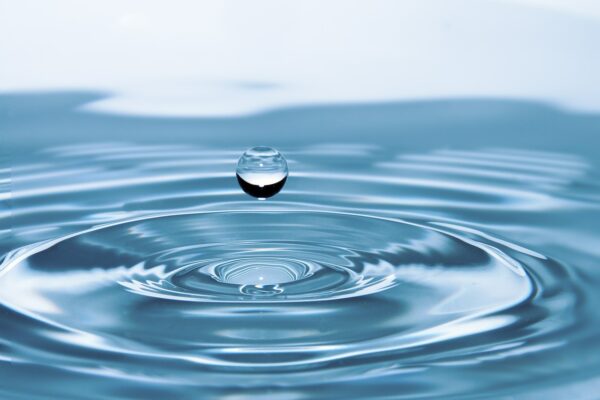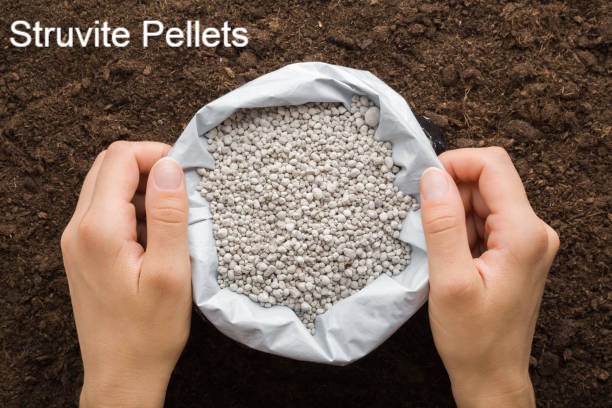
The United Nations is making “Groundwater” the primary theme of this year’s focus.
Ground Water and Septic Tanks
Ireland has almost 500,000 registered septic tanks and this accounts for about 30% of the national population. After the settlement of solids in septic tanks, the water which appears to be clear is then percolated into the soil. Do we care about the pollution impacts however, and do we need to make visible what we put into ground water that is invisible to the eye?
Protecting Public Health
To protect public health, the Irish regulations for rural septic tank systems has been to install percolation systems for wastewater and prevent surface water discharges. Soil testing is required to ensure optimum soil depth and soil percolation conditions. The goal is that the effluent from septic tanks is reliably kept below the ground surface so that the risk of gastrointestinal infections from contact with this water is minimised.
Wasting Nitrogen into Groundwater
The “Invisible” issue with Ireland’s continuing septic tank policy however is that so much of the nitrogen and phosphorus is being wasted in the ground. It is assumed that desludging of septic tanks will recover and recycle most of the nutrients, however this cannot be achieved. Only 15% approximately of the nitrogen and less than 50% of phosphorus will be retained for recovery in the sludge, the rest will remain in dilution to be lost. Taking a jam jar sample of water from the end of a septic tank will show seemingly clear water but will hide the presence of diluted nutrients. What is invisible to the eye however will become “visible”, or very noticeable to the nose by the strong smell of ammonia (nitrogen + hydrogen) if the water in the jam jar is stirred.
Making and Wasting Nitrogen
The issue to be made “Visible” to the public is that nitrogen fertiliser is manufactured using natural gas and coal, is used to grow food crops, is eaten, is excreted by humans, and then invisibly enters the groundwater after septic tanks as ammonia and nitrate, to be wasted and lost.
Wasting Nitrogen and Climate Change
With the present war in Ukraine and the growing unaffordability of nitrogen fertilisers there is now a new urgency, a need to make visible, the need to recover the nitrogen in wastewater as a recycled fertiliser. The war being waged by President Putin is making it more urgent than ever before for Europe and mankind to end the use of natural gas and coal. Importantly the Intergovernmental Panel on climate change has been calling on us to leave the fossil fuels in the ground over the coming 2 to 3 decades to avoid runaway climate change. Even if we fail to fully achieve this goal the remaining known global resources for natural gas are projected to be economically depleted in another 50 years.
Russia, China & Phosphorus
Another even more important mineral for mankind is phosphorus. This is a finite resource that mankind is also wasting but when it is gone there will be no substitute. In addition, most of the remaining global resources are contaminated with toxic metals. Russia has one of the remaining low toxic metal supplies, but their resource is not very large and given the international sanctions situation they could be tempted to hold onto what they have for their own food security. China has adopted a pricing policy aiming to hold onto their own phosphorus reserves already. If because of global tensions, the supply of mineral or clean phosphorus is further interrupted, the cost of fertilisers and food will continue to increase to even higher unaffordable levels.
The invisible issue that we must highlight on World Water Day is that septic tanks in Ireland and elsewhere are wasting the resources that are needed to guarantee future global food security. The visible result is the algae that appear in Irish lakes and estuaries in summer that flourishes on nutrients that are flushed away in toilets and are being wasted due to seepage from septic tanks.
Solutions by Separating Human Urine
There is increasing interest and consensus by scientists that the recovery of nitrogen and phosphorus is more environmentally friendly and can be more sustainably achieved by separately treating urine. This is because urine accounts for such a small volume of the total wastewater volume, it contains such low concentration of toxic metals, and relative to the very diluted city wastewater, urine has such a high concentration of nitrogen and phosphorus. It is generally accepted that the recovery of any resource is more easily and more economically achieved from its most concentrated raw material state. Of the many options being looked at for nutrient recovery we suggest possibly 3 options:
Option 1: Community struvite production — It is possible for local communities to begin to collect separated human urine and to make a fertiliser called “struvite” by simply adding and mixing salt. A Pilot project is being planned here in Ireland over the coming months.
Option 2: Nature based domestic systems — Over a large portion of the year, it is also possible for single buildings in Ireland, with small family and a large glazed indoor area, to grow flowers from separated and diluted urine to achieve a zero discharge. The harvested biomass of the flowers can be composted along with any food waste from the kitchen to make a compost. Long term composting and the use of mushroom mycelium will help to break down any pharmaceuticals present in the urine. Apart from the nutrients accumulated by making compost, the sludge at the bottom of the urine collection tank can be intermittently bled from the tank floor to be dried as a powder containing calcium and magnesium phosphate. Because urine constitutes such a small volume of the total wastewater and because it contains so much of the nutrients – the diluted urine can be stored in winter also to be pumped later to grow comfrey plants outdoors in watertight containers, during the growing season.

Option 3: Collecting and treating urine by Irish Water – It’s possible that nitrogen recovery might soon become economically viable from municipal wastewater. Given the rising fertiliser prices that have resulted from the Ukrainian War, it may also become government policy; especially if it becomes economic, for both phosphorus and nitrogen recycling from collected urine, managed by Irish Water.
Pilot studies and technologies are being examined by academics, where the nitrogen that remains after the struvite making step is further processed by passing the ammonia (a compound of nitrogen and hydrogen) through sulphuric acid to produce ammonium sulphate. Irish water would be in a better position than local communities to be using and handling sulphuric acid. The making of Struvite and ammonium sulphate together should probably become a government policy and a viable option as the cost of mineral and synthetic fertilisers become more unaffordable.

Conclusion
The wasting of nutrients into the groundwater will force us to eventually put an end to the use of septic tanks. If the damage to ground water from septic tanks continues to remain invisible to most of the public, then the ever-growing price of fertilisers will become an urgent visible issue to the government.
Want to learn more? See our recent submission (March 2022) to the European Commission on soil, farming sustainably and avoiding food scarcity.
